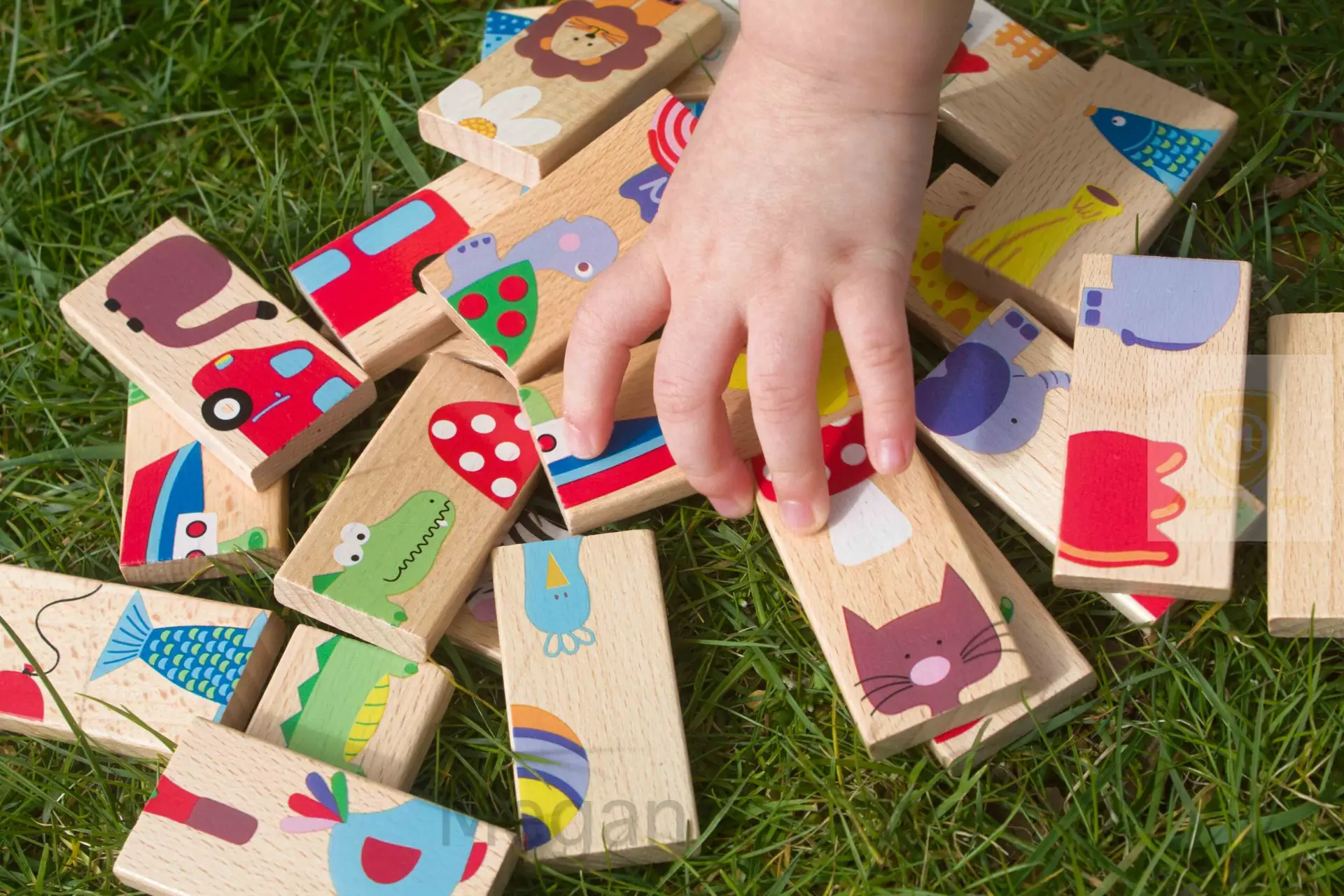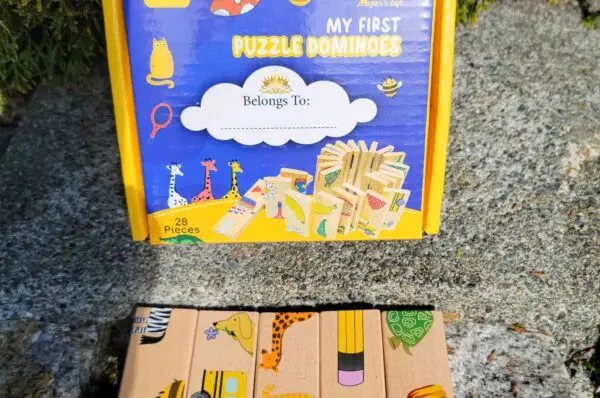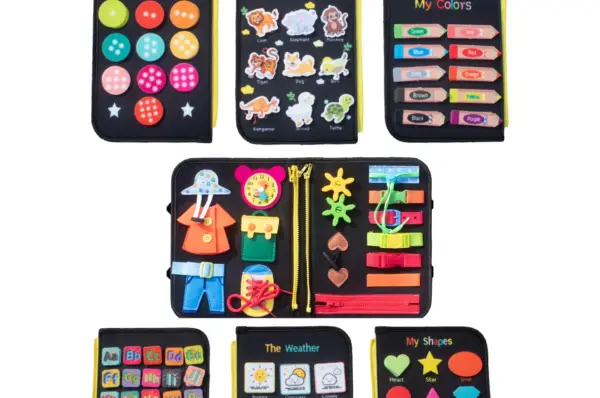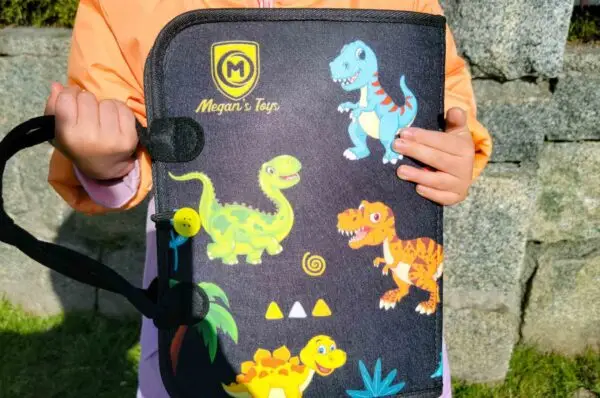In an age dominated by digital distractions, there’s something deeply enriching about traditional toys—especially wooden puzzle toys. More than just charming playthings, these timeless tools spark joy and foster meaningful development in children. From enhancing motor skills to boosting problem-solving abilities, wooden puzzles are an essential part of early learning.
If you’re a parent, educator, or caregiver looking to support a child’s growth through intentional play, it’s time to explore how these puzzles can make a lasting impact—and discover how thoughtfully designed options like the Montessori Wooden Busy Board (12 Pages) can fit seamlessly into this journey.
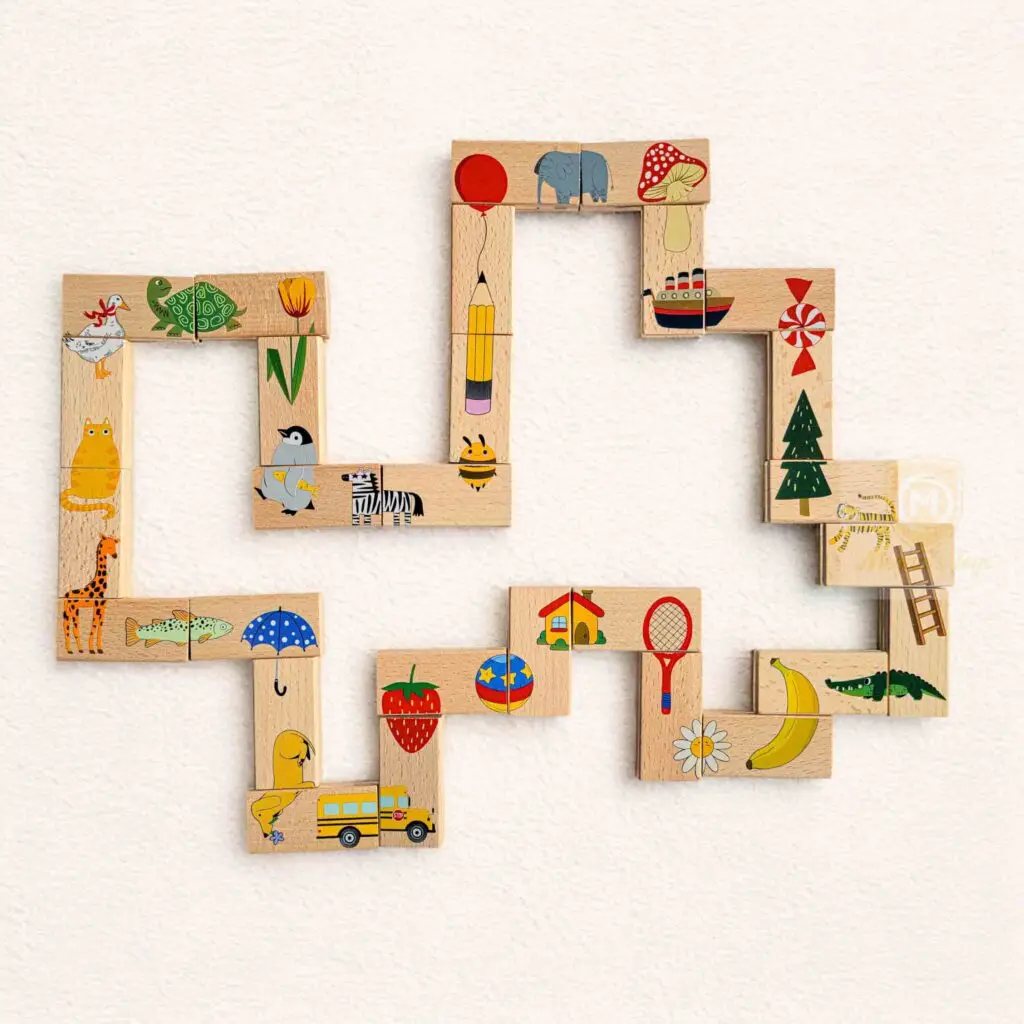
Cognitive Development Benefits
Puzzles offer a powerful brain workout. For preschoolers, this means strengthening memory, attention span, and spatial awareness. By engaging with puzzle pieces, children learn to recognize shapes, patterns, and associations—building the foundation for critical thinking and early math skills.
Montessori-style wooden puzzles, in particular, are designed to be self-correcting, helping children independently identify mistakes and try again, boosting confidence and perseverance. These activities activate both sides of the brain, connecting logic and creativity in a way that screens often can’t.
🔗 Learn more: Zero to Three – Brain Development in Early Childhood
Enhancing Fine Motor Skills
Grasping, flipping, and positioning puzzle pieces helps children refine their fine motor skills and hand-eye coordination. These foundational skills are crucial for later tasks like handwriting, dressing, and using tools.
Our own Montessori Busy Board integrates similar motor challenges with Montessori-approved activities—zippers, buttons, Velcro fasteners—all while keeping little hands busy and minds engaged.
Promoting Problem-Solving Abilities
Every puzzle is a challenge—and every challenge is an opportunity to grow. Children must use reasoning, prediction, and decision-making to complete a wooden puzzle, which nurtures critical problem-solving abilities.
As they work through errors and test strategies, they develop patience and resilience. This is why puzzles are often used in classrooms and therapy settings alike.
🔗 Explore: Harvard Center on the Developing Child – Executive Function & Self-Regulation
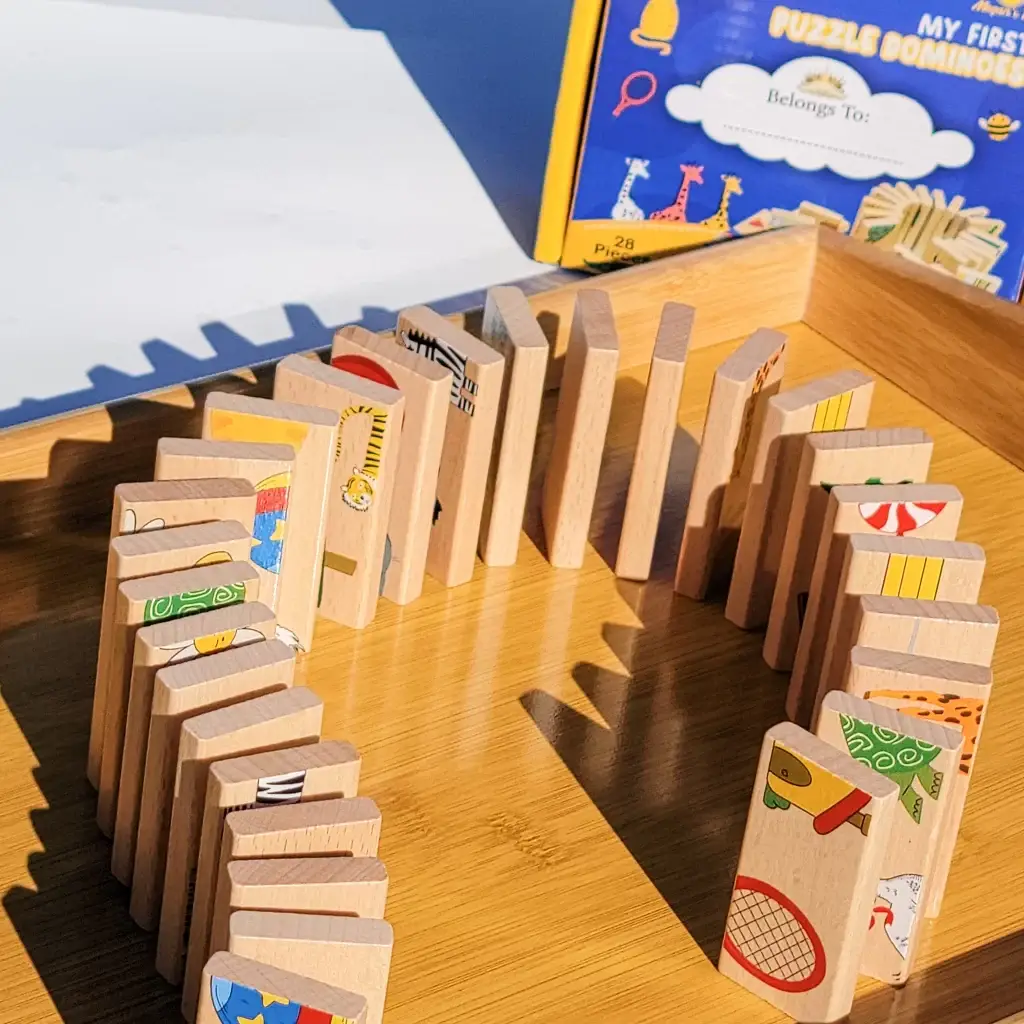
Encouraging Creativity and Imagination
Contrary to popular belief, puzzles aren’t only about logic. Many modern wooden puzzles feature creative themes—animals, space, gardens, or seasons—that trigger storytelling and imaginative play.
Mixing puzzles with open-ended materials like felt boards or toys from our Montessori-themed collection offers the perfect setup for extended pretend play.
Social Skills and Cooperative Play
When puzzles are shared among peers or family, they naturally encourage teamwork, turn-taking, and communication. A preschool classroom with a puzzle corner often becomes a hub of collaboration and laughter.
In home settings, busy boards or larger wooden puzzle toys can bring siblings together, enhancing their ability to solve problems and play cooperatively.
Environmental and Safety Considerations
Parents today are more eco-conscious than ever, and wooden puzzle toys shine in this area. Unlike plastic alternatives, they are sustainable, biodegradable, and free from harmful chemicals.
When shopping for wooden toys, ensure they are:
- Made with FSC-certified wood.
- Painted with non-toxic, water-based colors.
- Designed with safety in mind—rounded edges, no loose parts.
🔗 Resource: Green America – Safer and Greener Toys for Kids
Choosing the Right Wooden Puzzle Toys
When selecting a puzzle, consider the child’s age, interests, and developmental stage. For toddlers (ages 2–3), chunky pieces and simple matching boards are ideal. For ages 4–6, more complex scenes or layered puzzles provide just the right challenge.
Looking for an all-in-one option? Our Montessori Busy Board blends fine motor challenges, sensory activities, and problem-solving tasks—all wrapped in a fun, portable format. It’s become a top favorite among our customers, especially for travel or quiet playtime.
Integrating Puzzles into Daily Playtime
The beauty of wooden puzzles is their versatility. Place them in a reading nook, a classroom shelf, or your child’s daily routine:
- Morning transition: A 5-minute puzzle challenge before getting dressed.
- Afternoon quiet time: A calming activity after school.
- Family night: Work together on a larger puzzle.
Even rotating a few puzzles weekly keeps the experience fresh and stimulating.
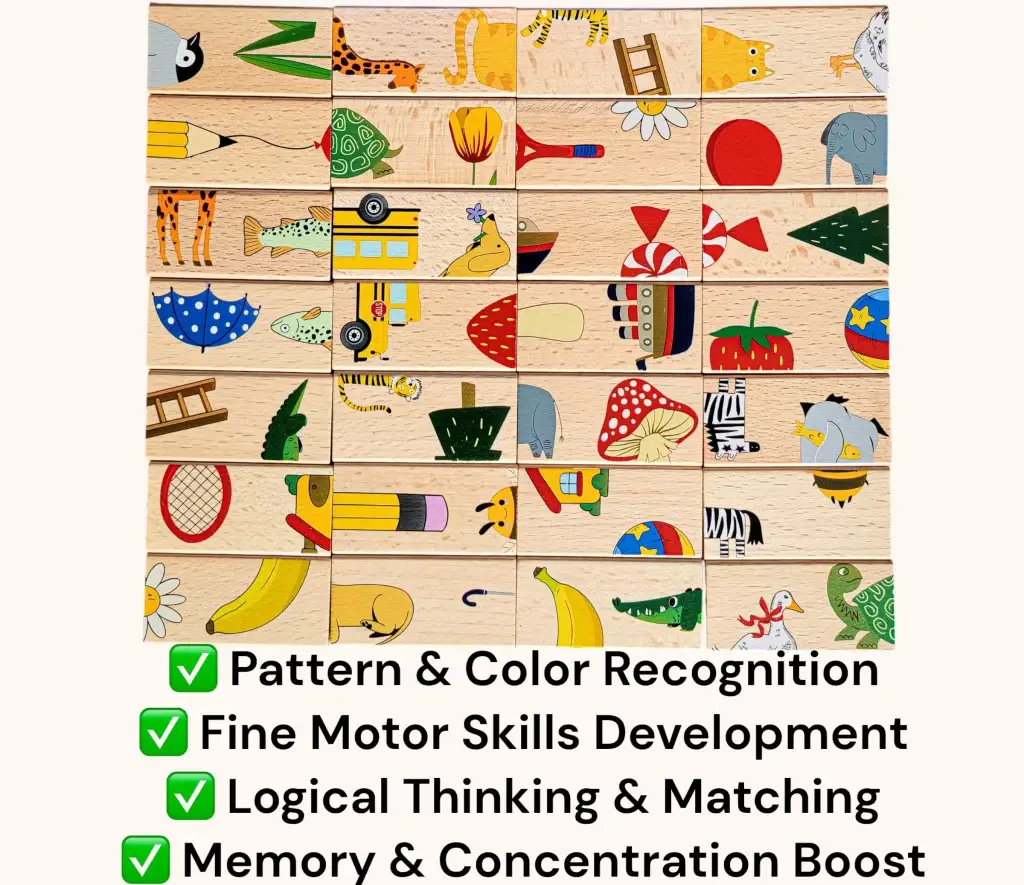
Conclusion: Investing in Child Development Through Play
Wooden puzzle toys are more than just beautiful—they’re tools for growth. From developing fine motor skills to encouraging focus and imagination, their benefits span every area of early childhood development.
If you’re building a learning-rich environment at home or in a classroom, don’t overlook these simple yet powerful tools. Add a few well-chosen puzzles to your space, and consider pairing them with a hands-on toy like our Montessori Busy Board for a well-rounded play experience.
Because at the heart of every puzzle solved is a confident, curious, and capable little mind.
💬 We’d love to hear from you!
What’s your child’s favorite wooden toy or puzzle? Have you used a busy board in your home or classroom? Share your experiences or questions in the comments—we’re always happy to connect with fellow playful parents and educators!
✅ Quick Recap: Why Wooden Puzzle Toys Matter
- Boost memory and spatial reasoning
- Develop fine motor and coordination skills
- Foster creativity and independent play
- Encourage social-emotional development
- Support eco-conscious, toxin-free choices

